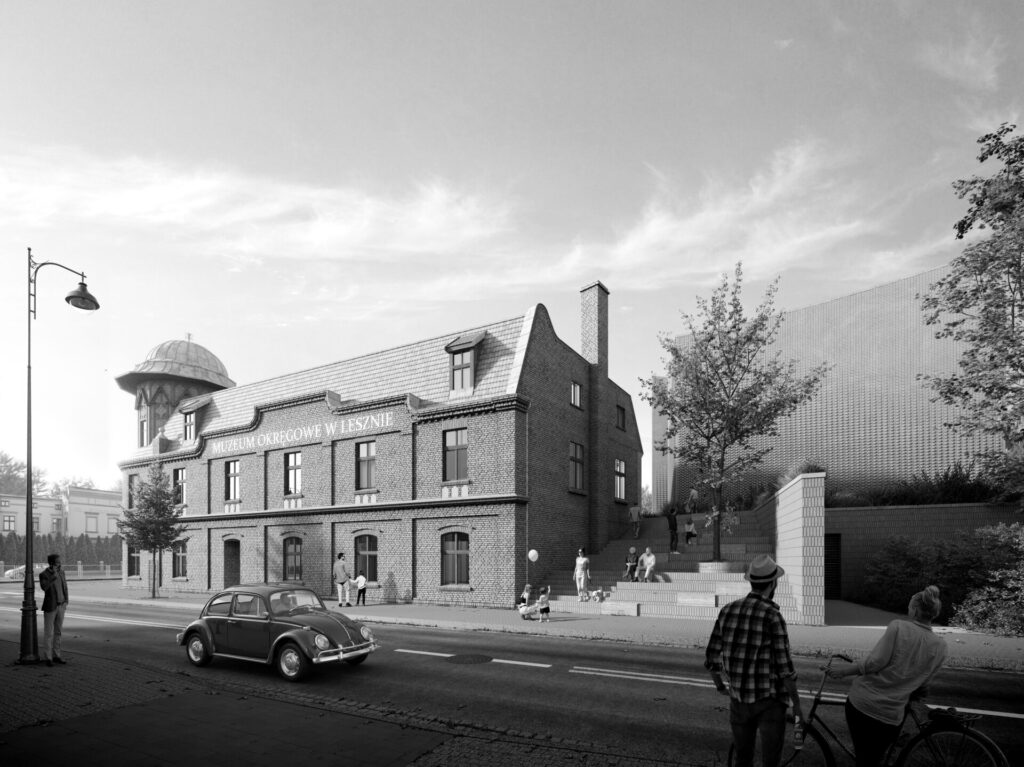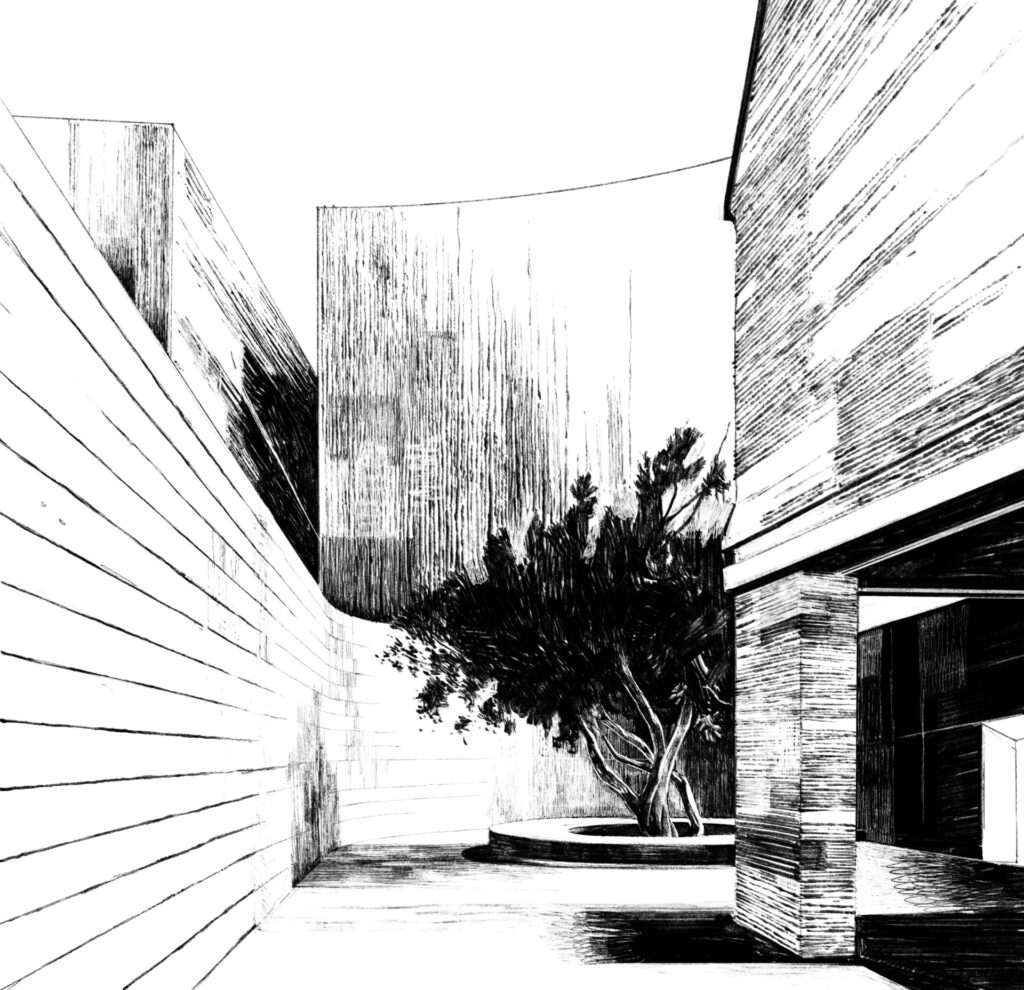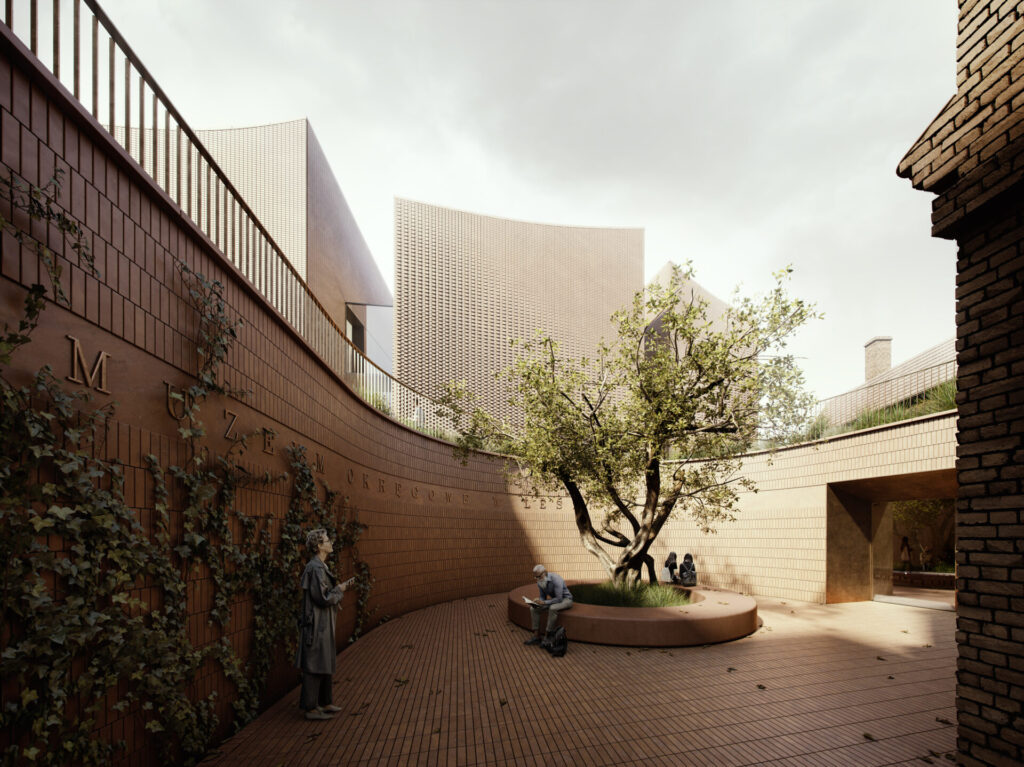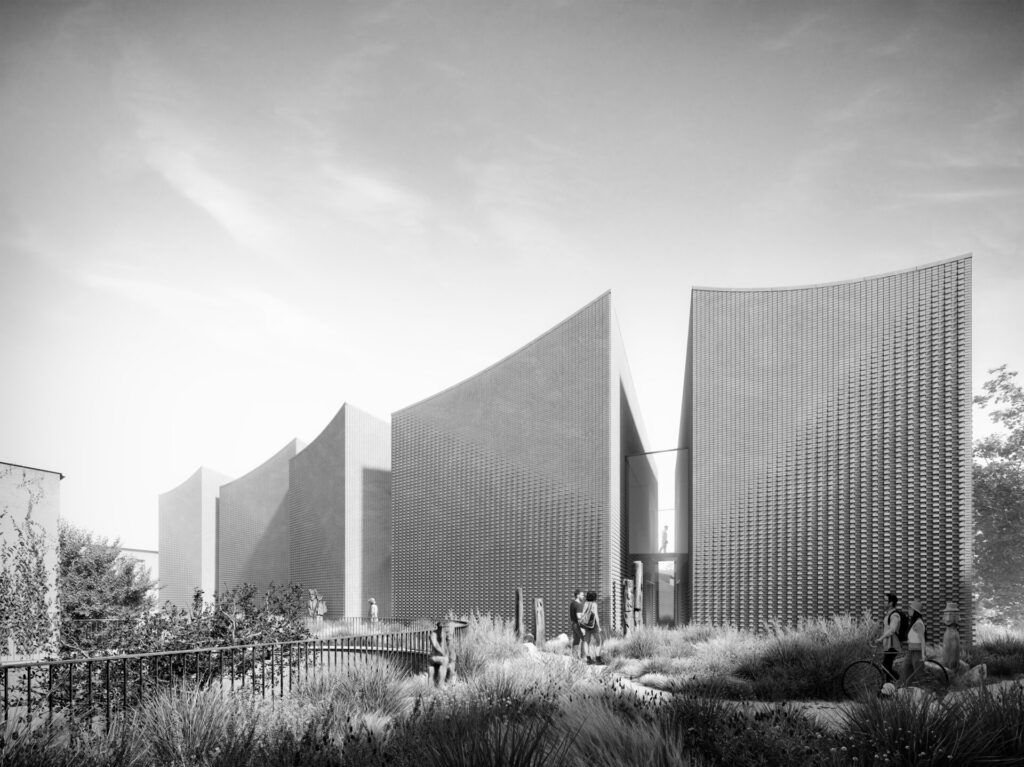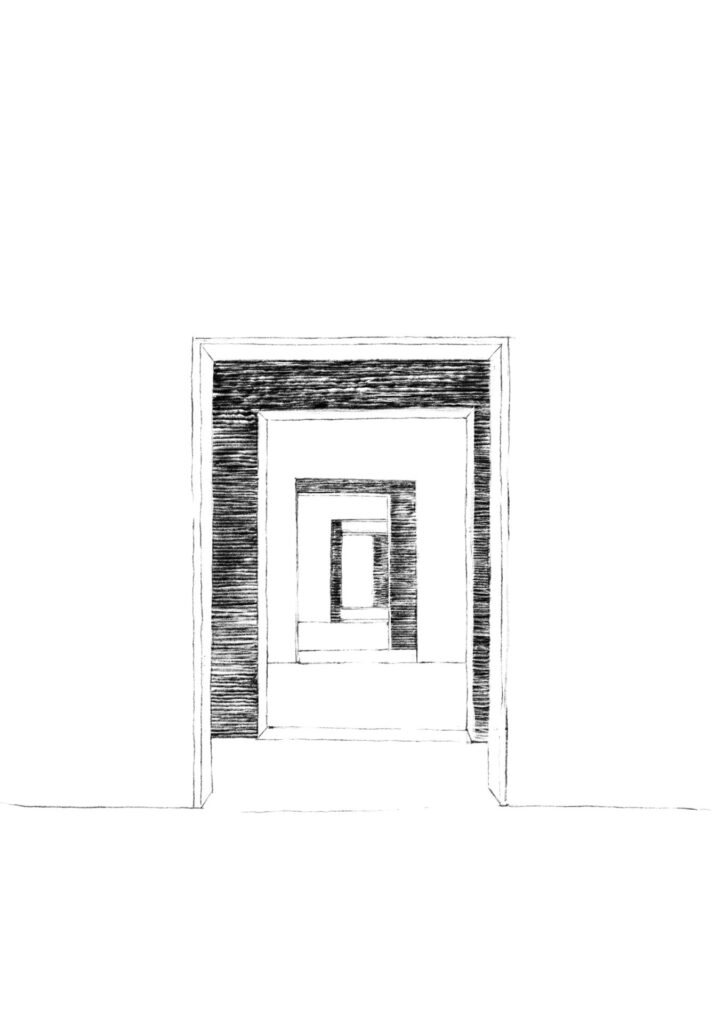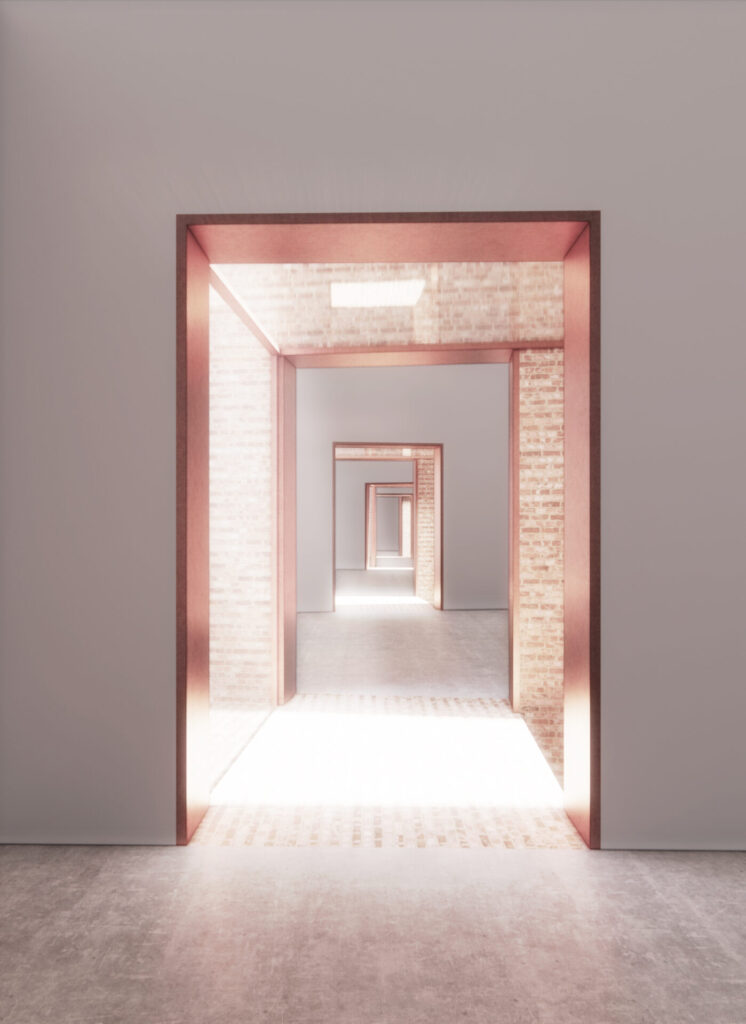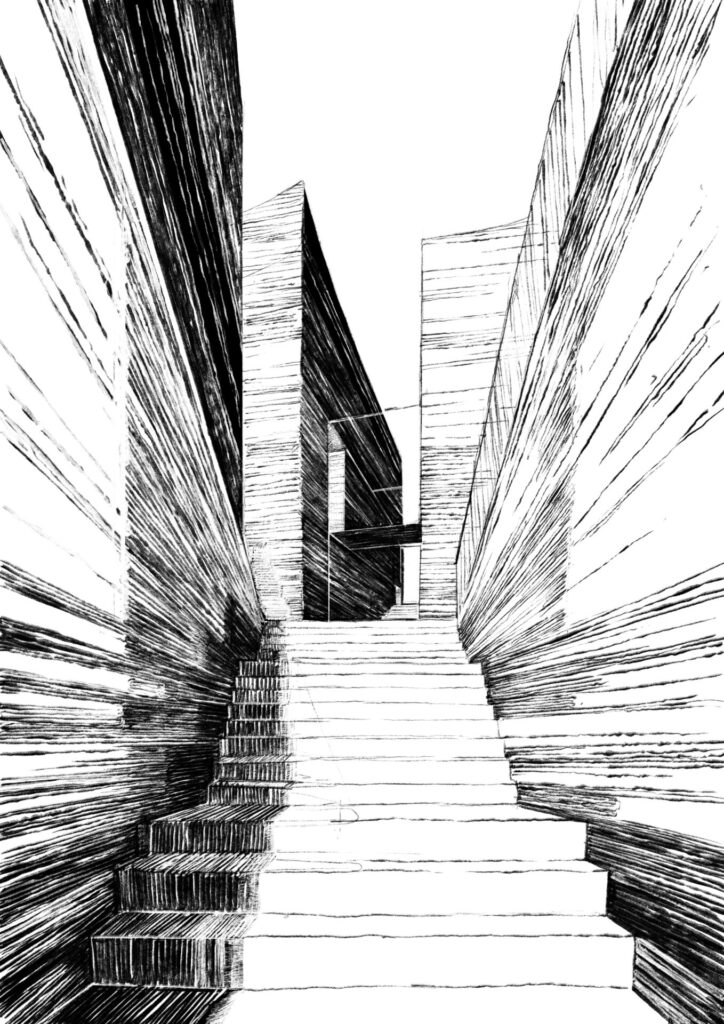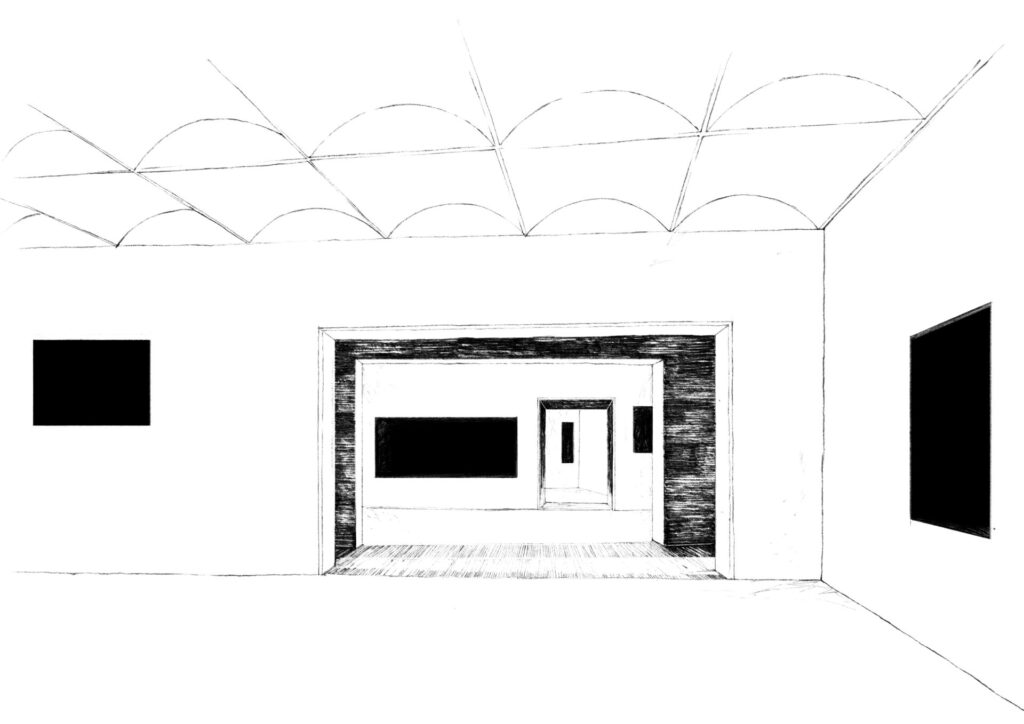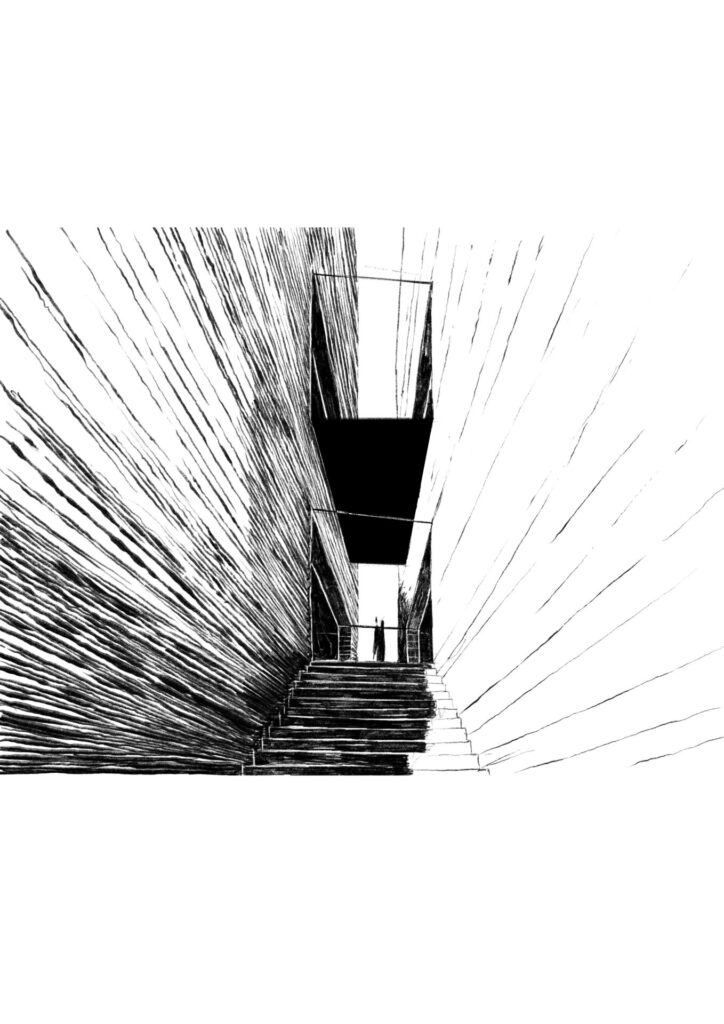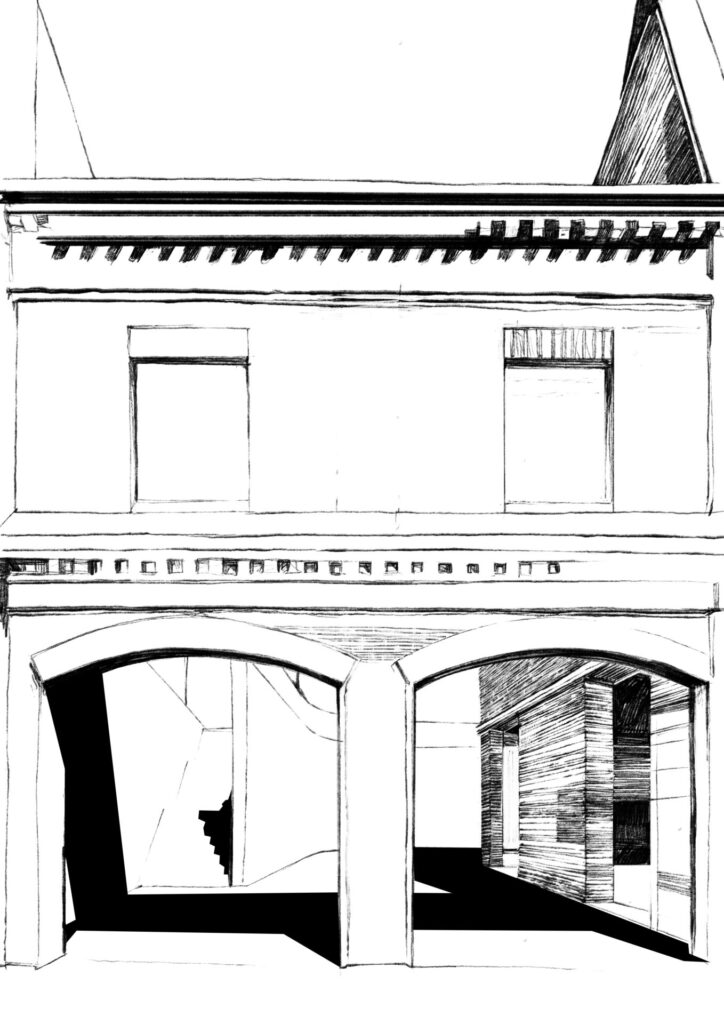District Museum in Leszno
TYPE OF INVESTMENT: PUBLIC UTILITIES
INVESTOR: DISTRICT MUSEUM IN LESZNO
LOCATION: LESZNO, POLAND
WXCA TEAM: SZCZEPAN WROŃSKI, MICHAŁ LIPIEC, ANGELIKA DROZD, JAKUB MATELA, AGNIESZKA ROŚ
AWARDS: 2nd DISTINCTION IN THE COMPETITION FOR THE DEVELOPMENT OF ARCHITECTURAL AND URBAN CONCEPT FOR THE REVITALIZATION OF THE OLD VINEGAR FACTORY BUILDING
The building of the former Leszczyńska Vinegar Factory is located in the depths of the plot at the intersection of John Paul II Avenue and Boleslaw the Brave street. The form of extension and the way of shaping the space between the existing and the new building are an attempt to convey the context, climate and special character of the place using the language of contemporary architecture. The object that has the greatest impact on the shape, expression and detail of the future museum is undoubtedly the building of the Old Vinegar Factory. Established at the beginning of the 20th century on the initiative of Paul Wandel, the factory is a witness of its history firmly rooted in the minds of the inhabitants of Leszno and due to its location at the front of the plot, it will be known as the seat of the District Museum under a new name.
The modern extension in the depth of the plot is, through its ascetic form, a background for the historical building. At the same time, the proposed arrangement of blocks is a reference to a wider urban context. The division into smaller parts reduces the large scale resulting from functional needs. Thus, it refers to the more vertical proportions of the nearby bourgeois tenement houses. The irregular and organic spatial composition is a continuation of the surrounding character of compact, downtown buildings. Narrow passages between the blocks link with each other the individual blocks of the exhibition part, and through their form refer to the narrow streets of the Old Town. The proposed arrangement of blocks inside creates a sequence of spaces divided thematically and arranged in the order of individual exhibition blocks, forming the narrative of the permanent exhibition of the District Museum in Leszno. Glass connectors and bridges are a buffer for the visitor between the individual sections of the exhibition, and by opening up to the city, they allow you to confront the history presented at the exhibition with the present day visible outside.
The way the entrance space is shaped through its form is also a story about the history of the place and a continuation of the existing character of the space. The semi-circular wall of the entrance square is a modern reference to the rounded corner of the former vinegar plant. At the same time, thanks to its form, it guides guests to the main entrance. The tree located in the middle of the square additionally emphasizes importance of this place, giving it a friendly microclimate. The entrance hall – the space between the existing and the new building – has the form of an irregular city square, opening onto the main functions of the building. The most important opening is the representative staircase leading to the halls of the permanent exhibition.
The land development has been designed as a spatial structure strongly embedded in the urban tissue that has been accumulating over the centuries. Unambiguous definitions of a building, terrain, wall and fence blur and permeate. A particularly important element of development is the garden located on level +1. The greenery of the garden integrates the interior of the quarter into the public space of the city, building an open, friendly and inviting image of the institution. At the same time, it creates a pretext for people looking for a moment of respite from the hustle and bustle of the city in the greenery growing between the walls of the museum to become interested in the collections.
